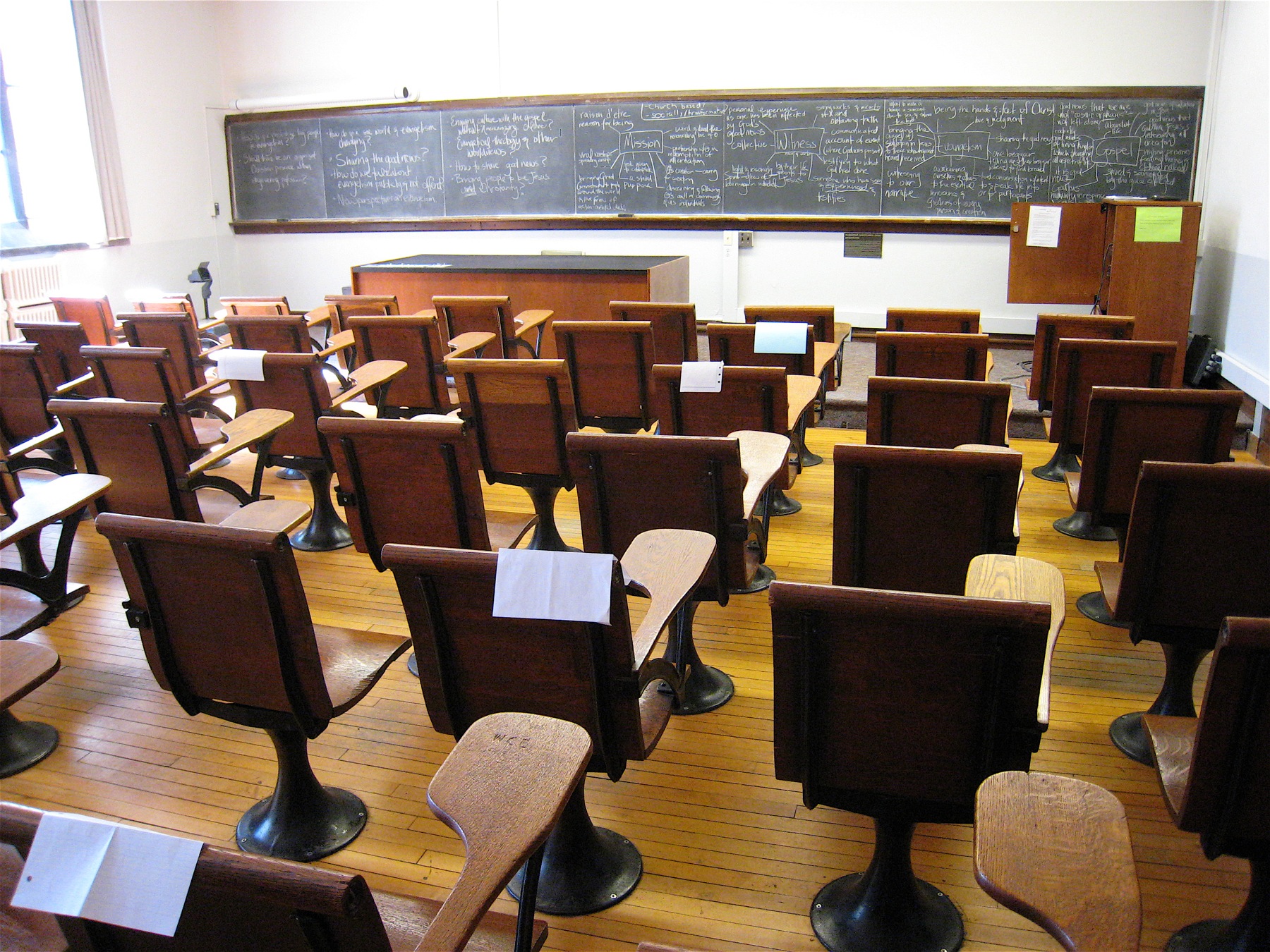By Selena Cardona
The Pew Research Center recently published a study noting that the overall number of undergraduate students has increased over the past 20 years due to an influx of students of color and students from low-income backgrounds. However, an increasing number of these poor and minority students are attending two-year and less-selective four-year colleges and universities.
The study specifically found that:
- Undergraduate students are increasingly coming from low-income backgrounds.
- In 2016, 20% of dependent undergraduates were living in poverty; an increase from 1996, when 12% of dependent undergraduates were living in poverty.
- Enrollment of undergraduate students living in poverty increased the most at institutions that are less selective.
- At institutions classified as minimally selective and open admission students who came from families in poverty increased from 14% in 1996 to 25% in 2016.
- At institutions classified as more selective the growing demographic of students came from families of higher-income. In 2016, 12% of dependent students came from a higher-income background compared to 7% in 1996.
- Enrollment of undergraduate students of color increased at all types of institutions.
- Among undergraduate students enrolled in public and private nonprofit institutions, minority enrollments increased by 21% at institutions classified as minimally selective and open admission.
- At four-year institutions classified as very selective and moderately selective, enrollments of minority students grew by 16 and 15%, respectively.
- Students from all socioeconomic backgrounds displayed a similar likelihood to take out student loans to pay for college.
- In 2016, 38% of students living in poverty borrowed funds for college, 30% of higher-income students borrowed funds for college, and 39% of middle-income undergraduates borrowed funds for college.



